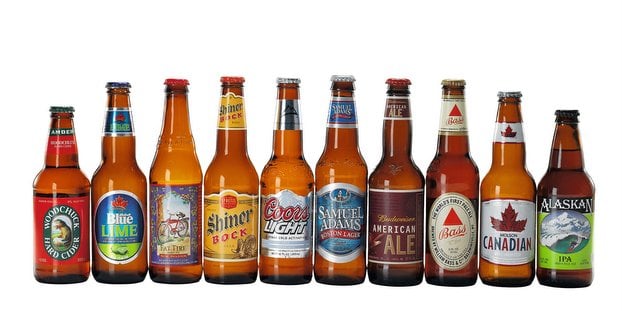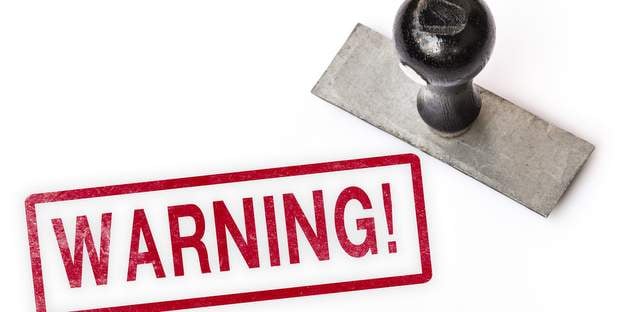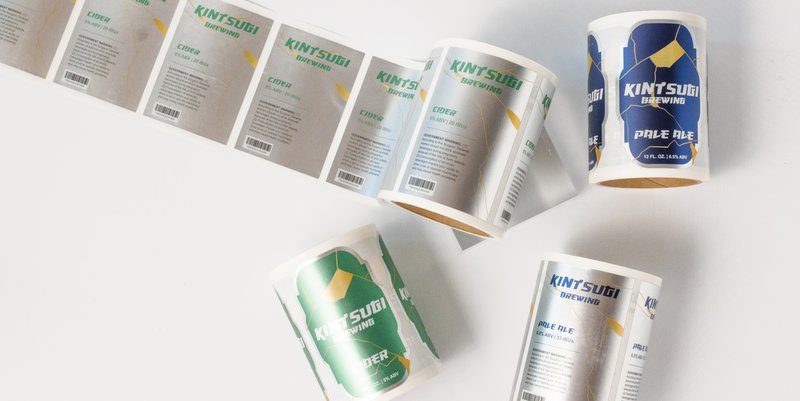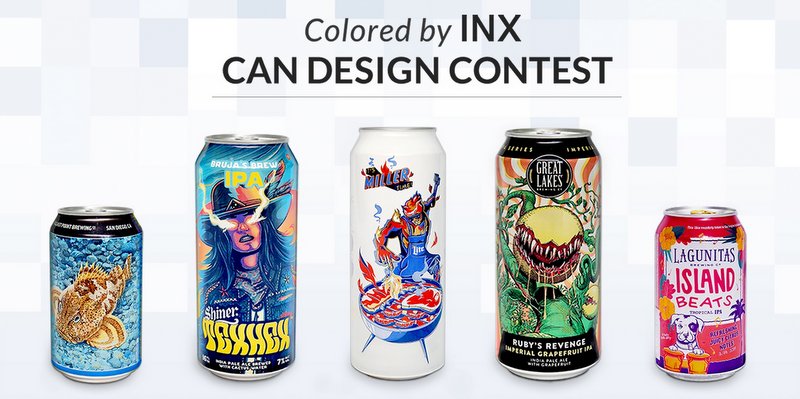 Sometimes even the Alcohol and Tobacco Tax and Trade Bureau likes to party, and by party we mean buy up a bunch of alcohol from store shelves and send those products to its laboratories to undergo a series of analyses to determine compliance with product labels. Sounds like a rager, right? It’s called the Alcohol Beverage Sampling Program (ABSP). We do something similar here at CBB, but our sampling program is a little different.
Sometimes even the Alcohol and Tobacco Tax and Trade Bureau likes to party, and by party we mean buy up a bunch of alcohol from store shelves and send those products to its laboratories to undergo a series of analyses to determine compliance with product labels. Sounds like a rager, right? It’s called the Alcohol Beverage Sampling Program (ABSP). We do something similar here at CBB, but our sampling program is a little different.
Last week, the TTB released its TTB Alcohol Beverage Sampling Program 2015 results. This random survey of products in the marketplace focused in on three key factors:
- Verify that the labels on alcohol beverages contain adequate descriptive information,
- Confirm that the labels are not likely to mislead consumers, and
- Determine where compliance issues exist.
In 2015, the TTB selected 154 distilled spirits, 158 malt beverages and 138 wines for a sample total of 450 products. After analyzing those products, the TTB found 157 products that were non‐compliant. That’s a huge number, and beer was a big culprit. Here’s the breakdown
- Distilled spirits: 62 products
- Malt beverage: 61 products
- Wine: 34 products
The biggest non-compliance issues
The biggest issue was alcohol content that did not match the label and was outside regulatory tolerances and/or that placed the product in a different tax class than indicated by the label. Tolerances vary by commodity, and here’s the breakdown according to this program summary:
- Distilled spirits generally allow for a loss of 0.15 percent alcohol by volume; however, no tolerance is allowed for an increase in alcohol by volume (27 CFR 5.37(b)).
- On average, for distilled spirits, underproof products were 0.95 percent alcohol by volume below what was shown on the label, and over proof products were 0.58 percent alcohol by volume above what was shown on the label.
- Malt beverages generally allow for a tolerance of 0.3 percent alcohol by volume, either above or below the alcohol content stated on the label (27 CFR 7.71(c)).
- For malt beverages, underproof products on average were 0.86 percent alcohol by volume below what was shown on the label, and over proof products were 0.69 percent alcohol by volume above what was shown on the label.
- Wines are allowed a tolerance of 1 percent alcohol by volume either above or below the stated label alcohol content for wine containing more than 14 percent alcohol by volume.
- Wines falling between 7 percent alcohol by volume and 14 percent alcohol by volume are allowed a tolerance of 1.5 percent alcohol by volume (27 CFR 4.36(b)).
- For wine, two products were found to be outside of tolerance, with one being 2 percent over proof and one being 2.7 percent underproof.
- If at any point a wine crosses into a different tax class, the tolerances no longer apply. For example, if a wine is labeled as 13.5 percent, but is found to actually be 14.2 percent, we would consider this a violation.
- We found 12 wines with a tax class violation.
There were lots of other issues as well — government warning errors, mandatory information missing, type‐size/legibility issues and mandatory information differing from the Certificate of Label Approval (COLA). Read the entire program results right over here.





Are your beer labels TTB compliant? TTB releases its Alcohol Beverage Sampling Program https://t.co/tq9AUuWUK0
Serge Lubomudrov liked this on Facebook.
South Carolina Attorneys At Law liked this on Facebook.
Golden State Cider liked this on Facebook.
RT @CraftBrewingBiz: Are your beer labels TTB compliant? TTB releases its Alcohol Beverage Sampling Program. https://t.co/U2iIaINVeC
Are your beer labels TTB compliant? TTB’s Sampling Program https://t.co/bRexEAUw0k via @craftbrewingbiz
RT @CraftBrewingBiz: Are your beer labels TTB compliant? TTB releases its Alcohol Beverage Sampling Program. https://t.co/U2iIaINVeC